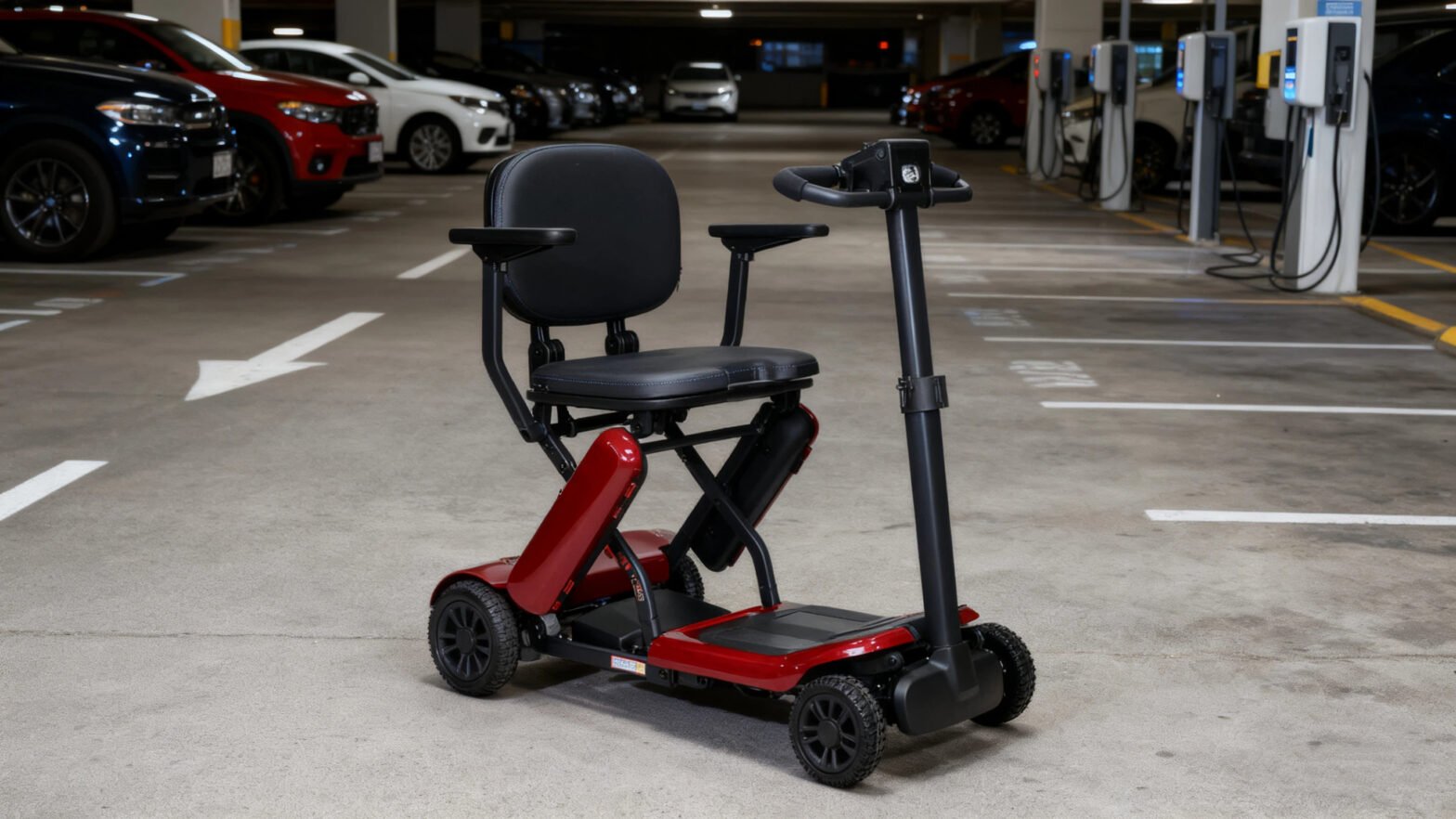
Mobility scooters unlock freedom and independence for millions. Unlike a car, you don’t need a test or license to use one. But that freedom comes with rules—especially when it comes to parking. Knowing where you can (and can’t) park keeps you legal, avoids fines, and keeps public spaces safe for everyone. Let’s break down the key details in simple terms.
First, let’s clear up a common myth. Mobility scooters aren’t registered with the DVLA like cars. But they still follow parking regulations. Their purpose is to make life easier for you—not to disrupt others. So while you gain flexibility, you must park responsibly. Ignoring the rules can lead to fines, towing, or even danger for pedestrians and drivers.
Some spots are strictly off-limits for mobility scooter parking. Avoid these to stay out of trouble:
Yellow lines (single or double): Just like cars, you can’t park here. These lines exist to keep traffic flowing and roads safe. Parking on them will likely result in a fine.
Obstructed pavements: Pavements are for pedestrians—parents with prams, wheelchair users, and people older than 70 years old all need clear space. If your scooter forces others to step into the road to get around, you’re breaking the rules.
Doorways and dropped kerbs: Never block shop entrances, office doors, or emergency exits. Dropped kerbs help people cross roads safely—blocking them denies access to those who need it most.
Hazardous spots: Avoid parking near pedestrian crossings, junctions, or areas that block drivers’ views. You also can’t park in a way that stops emergency vehicles from passing.
Pavements are allowed for mobility scooter use and parking. But you must do it thoughtfully:
Always leave enough space for others. Aim for at least 1.5 meters of clear pathway.
If you pop into a shop, park your scooter close to the building but not in front of the door. Tuck it away like you would a bicycle.
Skip narrow pavements. If parking there would force pedestrians into the road, find another spot.
Remember: Pavements are for walking first. Your scooter’s parking shouldn’t disrupt that.
Most public and private car parks welcome mobility scooters—but follow these rules:
Pay the fee if the car park requires it. Even scooters need to cover standard parking costs unless you have a Blue Badge.
Use disabled bays only if you have a valid Blue Badge. Display it clearly so attendants can see it.
Check for signs. Private car parks (like those at malls or supermarkets) often have specific rules. Overstaying or ignoring restrictions will get you a fine.
Don’t block other vehicles or pedestrian routes. Stick to designated areas when possible.
Yes—mobility scooters can and do get parking fines. Many users think they’re exempt because scooters aren’t cars, but that’s not true.
Fines range from £50 to over £100, depending on how serious the violation is.
If you block emergency access or cause a major obstruction, your scooter might be towed. You’ll have to pay a fee to get it back.
Blue Badge holders aren’t off the hook. You can still be fined if you park dangerously, even with a badge.
Private car park operators can issue fines too. Don’t ignore these—they’re legally enforceable in most cases.
Stick to these spots for safe, legal parking:
Designated mobility scooter bays: Many shops, train stations, and public buildings have these. They’re close to entrances and designed for your convenience.
Wide pavements: Look for areas where you can park parallel to the curb without blocking others.
Inside private property: If visiting friends or family, ask to park your scooter in their garage or hallway. It’s safer and keeps public spaces clear.
Secure spots: Always lock your scooter if you’re leaving it unattended. Use a lock to attach it to a fixed object (like a bike rack) and take valuables with you.
Parking your mobility scooter doesn’t have to be complicated. Keep these tips in mind:
Plan ahead. If you’re visiting a busy area, check online for parking options before you go.
Ask for help. Shop staff or local council members can point you to the best spots.
Prioritize safety. If a spot feels risky or crowded, keep looking.
Follow the golden rule: Park in a way that you’d want others to park around you.
Mobility scooters are all about freedom—but responsible parking keeps that freedom alive for everyone. By following these rules, you can enjoy your independence without putting others at risk or facing fines. If you’re unsure about local rules, check your council’s website or ask your mobility scooter dealer for advice.
Do you want me to add specific examples (like parking at airports or hospitals) or adjust the tone to be more casual? I can also expand on Blue Badge rules if you need more details.
Copyright@ 2025 Nanjing Kangni Smart Technology Co., Ltd. All Right Reserved.